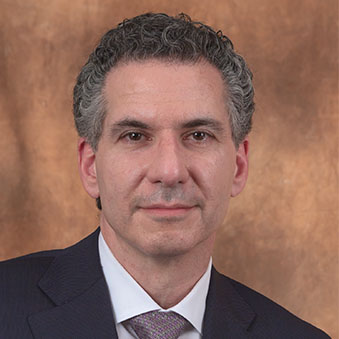Risk Factors to Watch in 2019

Joe Cioffi chairs the insolvency, creditors’ rights, and financial products practice group at New York law firm Davis & Gilbert. He recently spoke with Auto Finance News about the risks factors to watch in 2019. An edited version of the interview follows.
Auto Finance News: What’s the outlook for auto finance companies?
JC: Lenders should be prepared for a downturn and they should re-evaluate underwriting guidelines that may have produced market share gains.
There’s a concern companies have been binging on cheap debt since the financial crisis — that the recovery to date is as good as it’s ever going to get and now comes another decline. Debt will be coming due in a rising rates environment and at a time when tariffs threaten to slow down the global economy. An inverted yield curve – the harbinger of sorrow for the economy – is no longer knocking. It’s here.
Meanwhile, technology has made access to credit a reality for previously underserved markets.
The issue now may be too much available credit given rising interest rates. Alternatives to FICO that take into consideration bank accounts and check payments will make even more credit available, which is not necessarily a good thing. There’s a risk consumers with new access to credit get a false impression, with many thinking that if their lender is willing to make the loan, then they must be able to afford it.
AFN: What will higher interest rates mean to the market?
JC: In the auto space, at least for prime borrowers, rising interest rates may not matter much given the size of the loan. In other words, the volume may remain unaffected, or if consumers are reluctant to purchase, pricing may be adjusted, but the credit risk should stay the same. In fact, loans could become less risky, if borrowers put more money down to avoid higher interest.
On the other hand, subprime borrowers’ demand for vehicles may remain unchanged but they are less likely to have the cash for greater down payments, and higher rates can create excessive risk. We may see some exodus from the subprime space.
AFN: As new vehicle prices rise, consumers a likely to look more closely at used cars. How will that affect things?
JC: We’re really in unmapped territory given tariffs and a newly invigorated trade war, both of which should drive new vehicle prices higher. As new vehicle prices rise, consumers are expected to turn to used vehicles, which theoretically would in turn push used prices higher. But this ignores the wave of macro and micro trends affecting the auto market – the dumping of off-lease vehicles, rapid changes in technology that accelerates obsolescence and consumer acceptance of alternatives to vehicle ownership. All of this will put pressure on used vehicle prices. Ultimately, this pressure, in turn, could impact residual values, including lease terms, and could result in higher monthly payments and make leasing a new vehicle less attractive to consumers. Leasing of used vehicles, which traditionally has not made economic sense, could get a second look.
AFN: How do you view loan extensions, which more lenders seem willing to offer?
JC: This could be poison for the industry. A key to watch for is an unreasonable reliance on loan extensions being used to offset what would be higher monthly payments. The longer the loan, the more bad things can happen to the borrower’s finances and the economy. Lenders also have to be very careful to explain the effect of an extension to the borrower.









